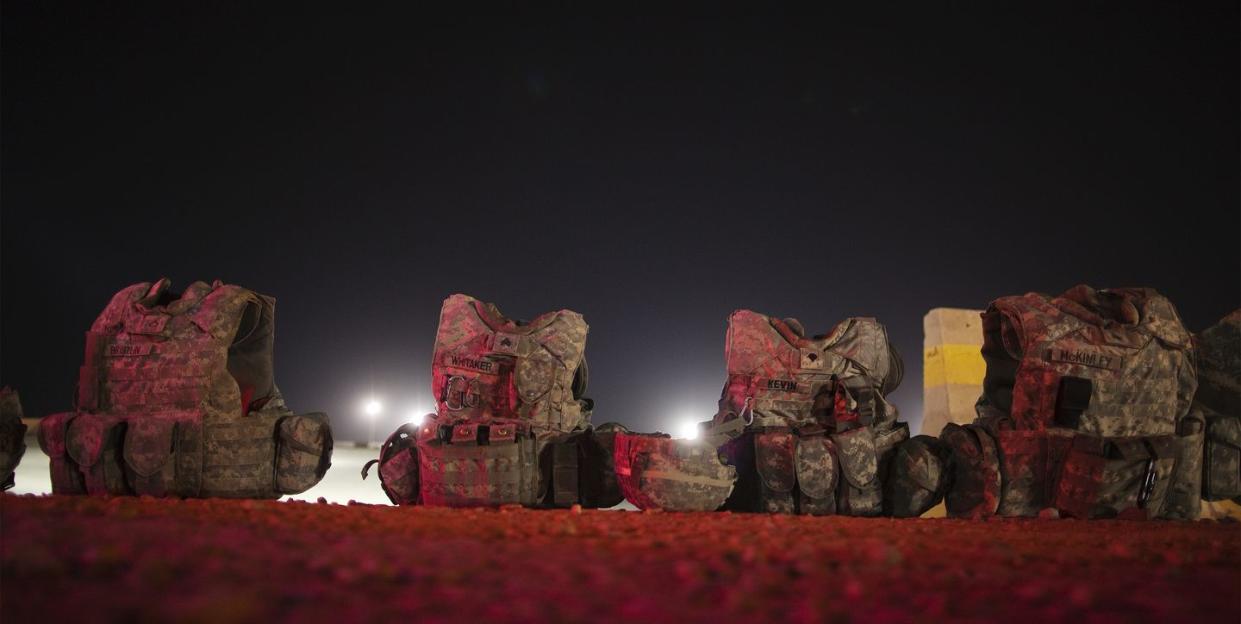The U.S. Army Is Working on 3D Printed Body Armor

New research into 3D printing technology could someday lead to the U.S. military 3D printing body armor for soldiers. The technology, which looks to abalone shells for inspiration, could allow units to print armor themselves, foregoing a cumbersome supply process. Researchers at the Army Research Laboratory, according to The National Interest, are developing ways to 3D print ceramic materials.
Ceramics are more difficult to 3D print than plastics or metals, but they are also a key component of body armor designed to protect soldiers from bullets and shrapnel on the battlefield. ARL researchers are looking to the graded nature of an abalone shell—built up layer upon layer over time by the single-shell mollusk—for inspiration.
ARL is pursuing a printing approach that creates high density ceramics—a key requirement for body armor. The density of the ceramic material is meant to shatter incoming projectiles. The goal is to eventually field body armors that are tougher and lighter than existing ceramic body armor.
The ability to 3D print body armor would be a major advancement for the U.S. military. Instead of going through the cumbersome process of procuring hundreds of thousands of sets of armor for men and women of all heights and body types, the services could just take a soldier’s measurements and then use a printer to crank out the right fit.
No longer would the Pentagon get stuck with unused armor sizes (and almost certainly run short of other sizes), and units waiting for the supply chain to fulfill requests would be a thing of the past. New armor requests could be fulfilled in hours. Units in the field, thousands of miles away from supply depots in the U.S. could quickly fabricate armor themselves.
The research has yet to crank out a set of armor, but the main issue here is getting the ceramics manufacturing process right. Once that’s completed it would be an easy task to actually print armor-grade ceramics.
Source: The National Interest
You Might Also Like

